Bing Hu
LION-FS: Fast & Slow Video-Language Thinker as Online Video Assistant
Mar 05, 2025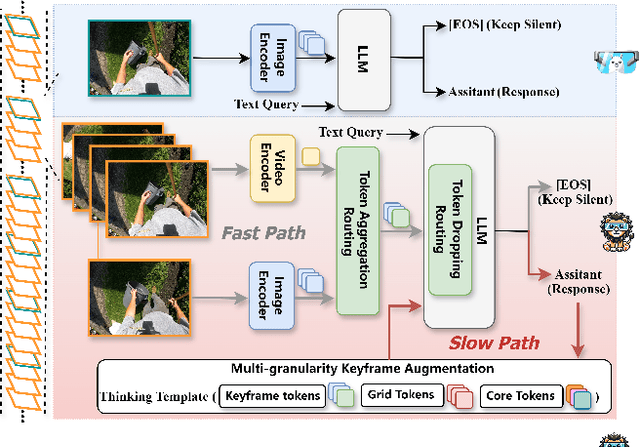

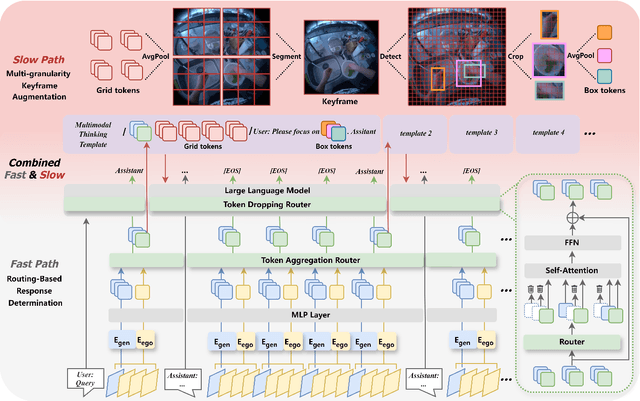
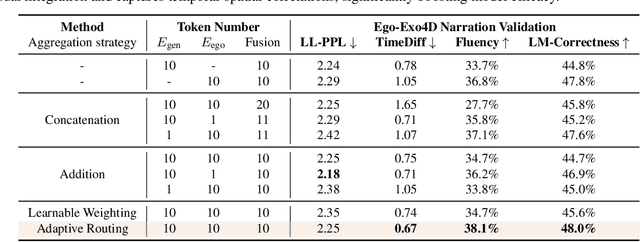
Abstract:First-person video assistants are highly anticipated to enhance our daily lives through online video dialogue. However, existing online video assistants often sacrifice assistant efficacy for real-time efficiency by processing low-frame-rate videos with coarse-grained visual features.To overcome the trade-off between efficacy and efficiency, we propose "Fast & Slow Video-Language Thinker" as an onLIne videO assistaNt, LION-FS, achieving real-time, proactive, temporally accurate, and contextually precise responses. LION-FS adopts a two-stage optimization strategy: 1)Fast Path: Routing-Based Response Determination evaluates frame-by-frame whether an immediate response is necessary. To enhance response determination accuracy and handle higher frame-rate inputs efficiently, we employ Token Aggregation Routing to dynamically fuse spatiotemporal features without increasing token numbers, while utilizing Token Dropping Routing to eliminate redundant features. 2)Slow Path: Multi-granularity Keyframe Augmentation optimizes keyframes during response generation. To provide comprehensive and detailed responses beyond atomic actions constrained by training data, fine-grained spatial features and human-environment interaction features are extracted through multi-granular pooling. These features are further integrated into a meticulously designed multimodal Thinking Template to guide more precise response generation. Comprehensive evaluations on online video tasks demonstrate that LION-FS achieves state-of-the-art efficacy and efficiency.
Drug Discovery SMILES-to-Pharmacokinetics Diffusion Models with Deep Molecular Understanding
Aug 14, 2024Abstract:Artificial intelligence (AI) is increasingly used in every stage of drug development. One challenge facing drug discovery AI is that drug pharmacokinetic (PK) datasets are often collected independently from each other, often with limited overlap, creating data overlap sparsity. Data sparsity makes data curation difficult for researchers looking to answer research questions in poly-pharmacy, drug combination research, and high-throughput screening. We propose Imagand, a novel SMILES-to-Pharmacokinetic (S2PK) diffusion model capable of generating an array of PK target properties conditioned on SMILES inputs. We show that Imagand-generated synthetic PK data closely resembles real data univariate and bivariate distributions, and improves performance for downstream tasks. Imagand is a promising solution for data overlap sparsity and allows researchers to efficiently generate ligand PK data for drug discovery research. Code is available at \url{https://github.com/bing1100/Imagand}.
Bug In the Code Stack: Can LLMs Find Bugs in Large Python Code Stacks
Jun 21, 2024Abstract:Recent research in Needle-in-a-Haystack (NIAH) benchmarks has explored the capabilities of Large Language Models (LLMs) in retrieving contextual information from large text documents. However, as LLMs become increasingly integrated into software development processes, it is crucial to evaluate their performance in code-based environments. As LLMs are further developed for program synthesis, we need to ensure that LLMs can understand syntax and write syntactically correct code. As a step in ensuring LLMs understand syntax, LLMs can be evaluated in their ability to find and detect syntax bugs. Our benchmark, Bug In The Code Stack (BICS), is designed to assess the ability of LLMs to identify simple syntax bugs within large source code. Our findings reveal three key insights: (1) code-based environments pose significantly more challenge compared to text-based environments for retrieval tasks, (2) there is a substantial performance disparity among different models, and (3) there is a notable correlation between longer context lengths and performance degradation, though the extent of this degradation varies between models.
The Solution for CVPR2024 Foundational Few-Shot Object Detection Challenge
Jun 18, 2024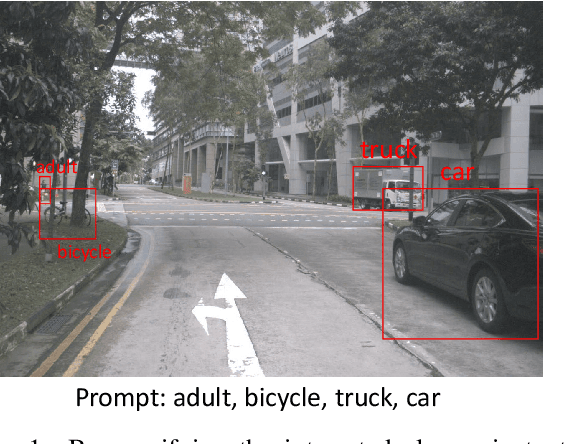
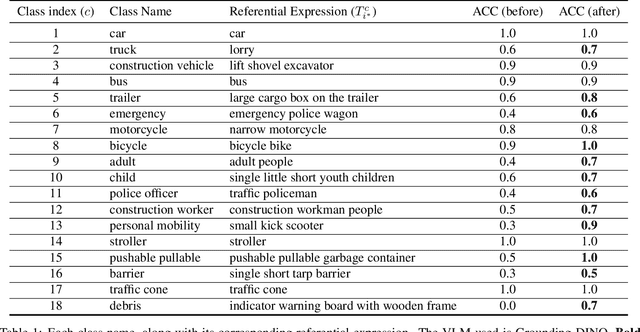
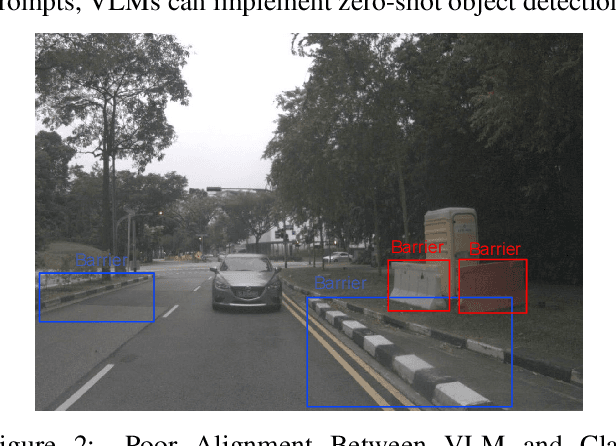
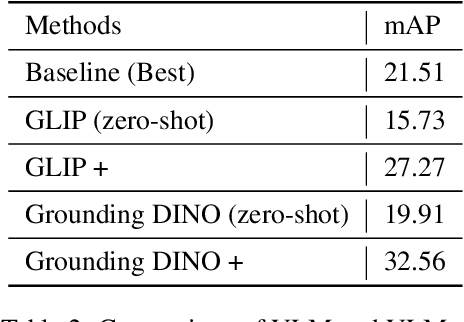
Abstract:This report introduces an enhanced method for the Foundational Few-Shot Object Detection (FSOD) task, leveraging the vision-language model (VLM) for object detection. However, on specific datasets, VLM may encounter the problem where the detected targets are misaligned with the target concepts of interest. This misalignment hinders the zero-shot performance of VLM and the application of fine-tuning methods based on pseudo-labels. To address this issue, we propose the VLM+ framework, which integrates the multimodal large language model (MM-LLM). Specifically, we use MM-LLM to generate a series of referential expressions for each category. Based on the VLM predictions and the given annotations, we select the best referential expression for each category by matching the maximum IoU. Subsequently, we use these referential expressions to generate pseudo-labels for all images in the training set and then combine them with the original labeled data to fine-tune the VLM. Additionally, we employ iterative pseudo-label generation and optimization to further enhance the performance of the VLM. Our approach achieve 32.56 mAP in the final test.
Synthetic Data from Diffusion Models Improve Drug Discovery Prediction
May 06, 2024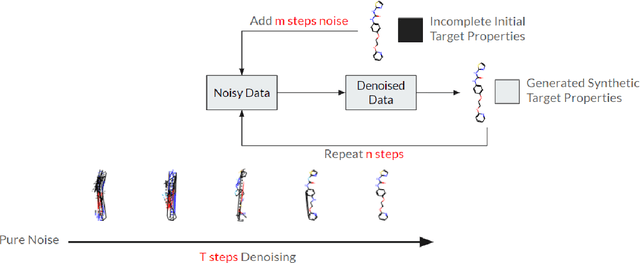


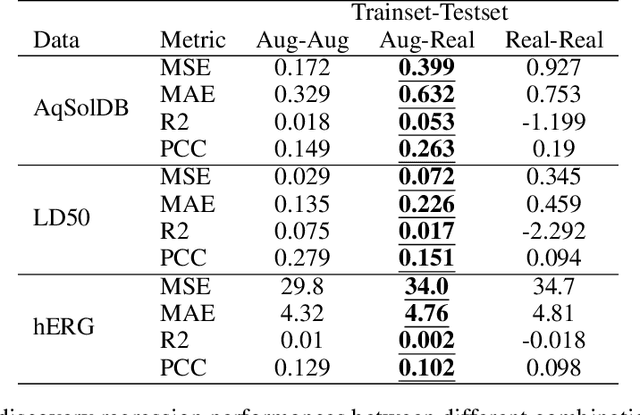
Abstract:Artificial intelligence (AI) is increasingly used in every stage of drug development. Continuing breakthroughs in AI-based methods for drug discovery require the creation, improvement, and refinement of drug discovery data. We posit a new data challenge that slows the advancement of drug discovery AI: datasets are often collected independently from each other, often with little overlap, creating data sparsity. Data sparsity makes data curation difficult for researchers looking to answer key research questions requiring values posed across multiple datasets. We propose a novel diffusion GNN model Syngand capable of generating ligand and pharmacokinetic data end-to-end. We show and provide a methodology for sampling pharmacokinetic data for existing ligands using our Syngand model. We show the initial promising results on the efficacy of the Syngand-generated synthetic target property data on downstream regression tasks with AqSolDB, LD50, and hERG central. Using our proposed model and methodology, researchers can easily generate synthetic ligand data to help them explore research questions that require data spanning multiple datasets.
Restricted Deformable Convolution based Road Scene Semantic Segmentation Using Surround View Cameras
Jan 03, 2018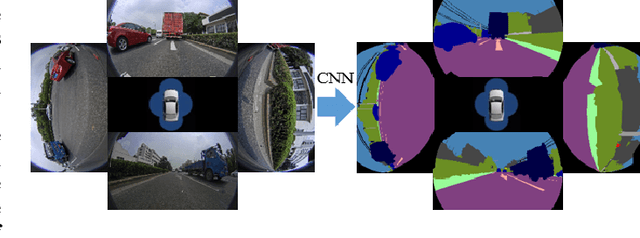



Abstract:Understanding the surrounding environment of the vehicle is still one of the challenges for autonomous driving. This paper addresses 360-degree road scene semantic segmentation using surround view cameras, which are widely equipped in existing production cars. First, in order to address large distortion problem in the fisheye images, Restricted Deformable Convolution (RDC) is proposed for semantic segmentation, which can effectively model geometric transformations by learning the shapes of convolutional filters conditioned on the input feature map. Second, in order to obtain a large-scale training set of surround view images, a novel method called zoom augmentation is proposed to transform conventional images to fisheye images. Finally, an RDC based semantic segmentation model is built. The model is trained for real-world surround view images through a multi-task learning architecture by combining real-world images with transformed images. Experiments demonstrate the effectiveness of the RDC to handle images with large distortions, and the proposed approach shows a good performance using surround view cameras with the help of the transformed images.
 Add to Chrome
Add to Chrome Add to Firefox
Add to Firefox Add to Edge
Add to Edge